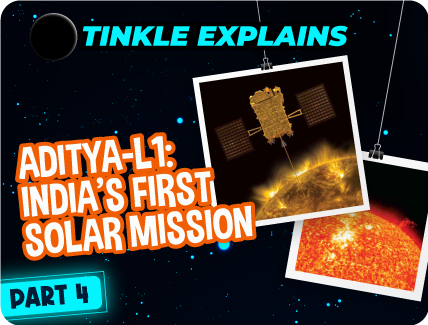

















Orbital manoeuvring is a process in which scientists and engineers use carefully calculated pushes to move a spacecraft to exactly where they want it to go. It is an ingenious scientific innovation to save rocket fuel significantly. Imagine you’re on a swing and you give yourself a little push each time you swing back and forth. That’s how the spaceship gets a boost. By carefully firing its engines for a short burst, scientists can change its speed and direction. This trick helps the spaceship go higher and faster in its orbit around Earth while consuming very less fuel.
Why is this important? Well, rocket fuel is like the fuel in a car, but super expensive. So, by using less fuel, scientists save a lot of money. Plus, if the spaceship is lighter (because it carries less fuel), it’s easier and cheaper to launch into space.
Some spaceships, though, use a different method. They use really, really powerful rockets to blast straight into space. But these rockets need a ton of fuel and that makes them quite pricey.
Did you know? Scientists of India’s Mars mission used the orbital manoeuvring technique and it cost ₹450 crores (US$73 million). That’s only about a tenth of what NASA, the space agency in the USA, spent on their Mars mission! According to news sources, the cost of NASA’s Maven Mars Mission was $671million.
Learn about the PSLV vehicle launcher in the next article. It is a vehicle launcher (commonly called rocket) that sends spacecraft and satellites into orbit.
About the writer:
Tulika is an alumna of NIT Jamshedpur and IIM Lucknow. She is the founder of Periodic Table Game Atomics and myschoolz.com—a platform that helps parents find the right school for their kids. Before venturing into entrepreneurship, she worked for Hewlett Packard, Alstom, and Vedanta. Her passion for writing for children stems from the belief that kids are incredibly curious and always ready to explore new things. Through her writing, she aims to foster a love for learning in the next generation.